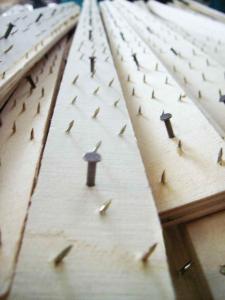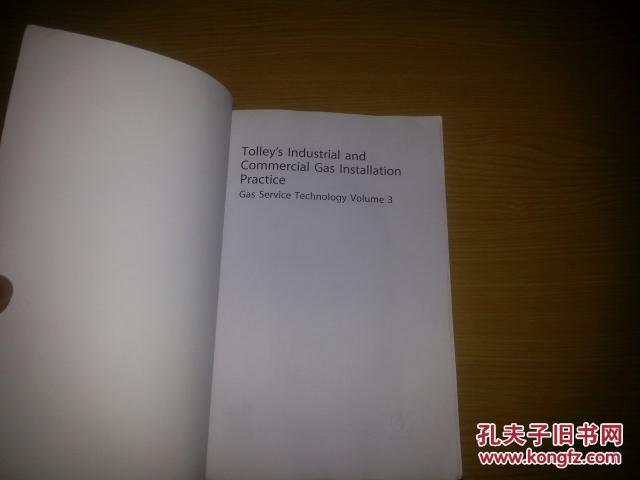Carpet Installation Technology
Carpet installation technology involves the process of installing carpeting in a room or building. It typically includes the steps of measuring the area to be carpeted, cutting the carpet to size, installing padding under the carpet, and then stretching and installing the carpet over the padding. Additional steps may be taken to install carpet tiles or bind the edges of the carpet. This technology is used in both residential and commercial settings and can be completed by professional carpet installers or DIY enthusiasts with the right tools and knowledge.
Carpets, a common flooring option in many homes and businesses, bring not only aesthetic appeal but also warmth and comfort. However, to ensure its longevity and maintain its beauty, it is crucial to adhere to a specific installation process. This article outlines the essential steps involved in carpet installation, from preparation to installation and beyond.
1. Preparation
The first step is to ensure that the subfloor is clean, smooth, and free of debris. Any imperfections or cracks should be repaired before installation. If the subfloor is concrete, it should be allowed to cure for a minimum of 28 days to ensure its structural integrity.

2. Underpad Installation
Before installing the carpet, it is recommended to install an underpad. This serves as a barrier between the carpet and the subfloor, providing additional cushioning and warmth. It also helps reduce noise and offers additional insulation.
3. Carpet Cutting
Measure the room accurately to determine the amount of carpet required. Allow for wastage at the edges, as this will be necessary for a proper fit. Use a sharp scissor or carpet knife to cut the material to size, ensuring that the cuts are clean and precise.
4. Stretching and Fitting

Start by unrolling the carpet and positioning it in the room. Take care not to stretch it too tightly, as this can cause it to wear prematurely. Secure the carpet to the subfloor using tape or tacks, ensuring that it is taught but not too tight.
5. Edge Trimming
Once the carpet is in place, use a utility knife or trimmers to cut away any excess material at the edges. This ensures a neat finish and helps prevent trips and falls.
6. Staircase Installation
If the carpet is to be installed on the staircase, special attention should be paid. Start at the top of the stairs and work down, ensuring that each step is properly measured and the carpet is fitted securely. Use a knee kicker or stapler to secure the carpet in place.

7. Post-Installation Care
Once the carpet is installed, it should be inspected for any lumps or wrinkles. These can be smoothed out using a steam iron or knee kicker. Additionally, it is recommended to use protectors on the legs of furniture to prevent any damage to the carpet.
Conclusion
By following these steps, homeowners can ensure that their carpet installation is done properly, maximizing its lifespan and maintaining its aesthetic appeal. It is always advisable to hire a professional for this task, as they have the expertise and experience to ensure a perfect fit every time.
Articles related to the knowledge points of this article:
Title: The Art of Tie Knotting: A Comprehensive Guide to Tie Knot Tying
The Warmth of White Duck Down: The Story of a羽绒服白鸭绒
Title: Mastering the Art of Half-Windsor Tie Knots: A Comprehensive Guide
Title: The Art of Tie Tying: How to Pronounce ties in Different Countries



